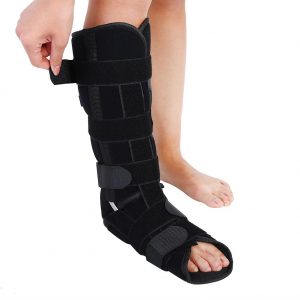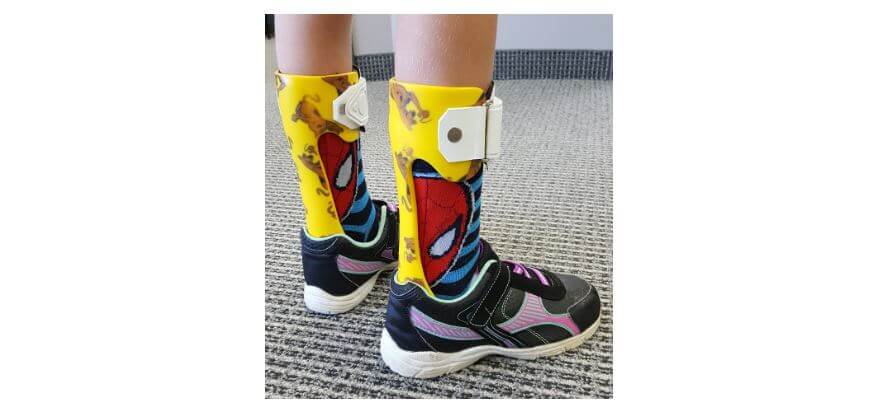Foot Braces Fundamentals Explained
Foot Braces Fundamentals Explained
Blog Article
The Foot Braces Ideas
Table of ContentsFoot Braces Things To Know Before You BuySome Of Foot BracesSee This Report about Foot Braces
(1) History: ankle-foot orthosis (AFO) is one of the most typically prescribed orthosis to patients with foot decline, and ankle and foot problems. In this research, we aimed to review the commonly made use of kinds of AFO and present the current growth of AFO. (2) Approaches: narrative testimonial. (3) Results: AFO prevents the foot from being dragged, provides a clearance between the foot and the ground in the turning phase of stride, and preserves a steady posture by allowing heel contact with the ground throughout the position stage.By positioning thermoformed plastic to cover the positive plaster version, it generates the orthosis in the exact shape of the model. PAFO can be identified according to the visibility of joints, mainly as solid ankle kinds without hinges and pivoted ankle joint types with added joints.
The leaf-like creases are meant to reinforce the component of the ankle joint with the most amount of activity and repeated loadings. The creases act as a springtime in the ankle joint that permits slight dorsiflexion in the mid and incurable stances, and this elasticity can additionally partially help the push-off feature in the terminal stance.

The Single Strategy To Use For Foot Braces
The plantarflexion can also be entirely limited by fitting the coverings at 90 without room in between. The Gillette joint, like the Oklahoma joint, connects a separate shank shell with the foot shell, enabling both plantarflexion and dorsiflexion. HAFO is extensively utilized in kids with spastic diplegia and clients that site with spastic hemiplegia after stroke, as it can extend the ankle joint plantar flexor to minimize stiffness and reduce topsy-turvy muscle-response patterns.
